|
Ever wanted to be kind to your pollinating garden guests? We've been playing in the Pal Tiya studio recently and we wanted to share this Bee Bath idea. Here's a way to make a gorgeous Aztec inspired bee bath with Pal Tiya Premium. In colored pencil, draw your design out on paper, then onto an old lampshade. You can just see the lines against the black surface. Then wax the lampshade so the bowl will come off. Vaseline or automotive wax will work. Prepare and make 5 colors of Pal Tiya Premium scagliola with oxides in small batches. Red, Yellow, Blue, Green and White (of course you can choose any color you'd like). See here for ratio of powder to oxides. We also have a video of this technique here Using tiny Pal Tiya Premium snakes (roll out on a slightly damp towel) of various colors, lay in the outlines of the design. Then with tiny daubs of product, fill in each space with a different color. Then use a fork to completely smoosh together all the daubs. This won't move the surface touching the lampshade, but it will fuse the back of them nicely. This was wrapped in plastic for 3 days till it was strong enough to be removed from the lampshade. Our studio was getting very cold recently so we had to wait a little longer. The warmer your studio space is the faster Pal Tiya Premium will cure so you may well be able to remove the next day or day after :) Now, the inside surface had a few imperfections. A walnut sized black batch of Pal Tiya Premium was made and then rubbed on the inside surface. This filled in the tiny gaps and air bubbles and, honestly, took the surface from just okay to simply gorgeous. It began as garish and became old and authentic. You can clearly see the colored outlines, the rough daubs and the black filler. IMPORTANT STEP: Bee's need very shallow water to drink from so please ensure you fill your bee bath with rocks, pebbles or even clear marbles and you won't risk drowning your little guests! Now we understand that you may want to use this bowl for any other purpose in your garden and that's just fine. This is just to give you some creative ideas.
What we did with the leftover product to experiment: Rather than waste the remaining daubs of Pal Tiya Premium, we had fun using the leftovers as a finger painting exercise on the back. Each daub was fused and blended in with a fork to see what wild textures and color patterns could be made. This also brought the thickness up to a nice 6 mm.
5 Comments
Diana Hoyt
6/22/2020 06:10:32 am
This is great! Thank you for sharing! Would love to know more about surfaces which can be covered ( and how) using this material. For example, can it cover plastic, as in plastic figures?
Reply
6/22/2020 07:28:43 am
Thanks Diana,
Reply
Joan Green
6/22/2020 10:19:48 am
Is your clay now creature friendly? When you first got started, it was thought that the medium was not ready for birdbath due to the chemical composition of the medium that this clay is made of. Bees are very sensitive to chemicals. We have a bee keeper behind our property with three hives. If someone could direct my question about the safety of this clay for that purpose. I had originally purchased mine for that reason but hesitated and then decided it was best to use it differently.
Reply
6/24/2020 04:54:03 am
Hi Joan,
Reply
Leave a Reply. |
AUTHORSCreators of Pal Tiya Premium: Add water. Knead like dough. Sculpt. Place in your garden. Cures permanently stone hard. No firing. No Molds. No Kidding. Archives
September 2020
Categories |
|
Copyright © 2013 - 2024 | Pal Tiya International Limited
|

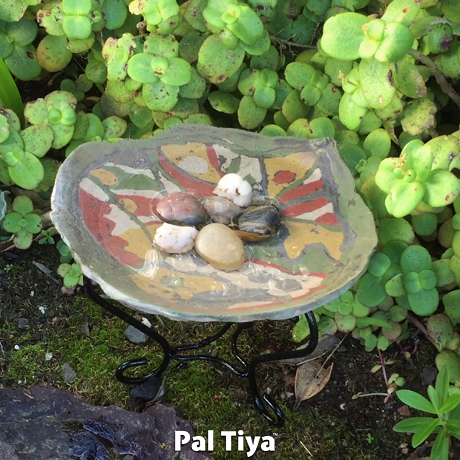
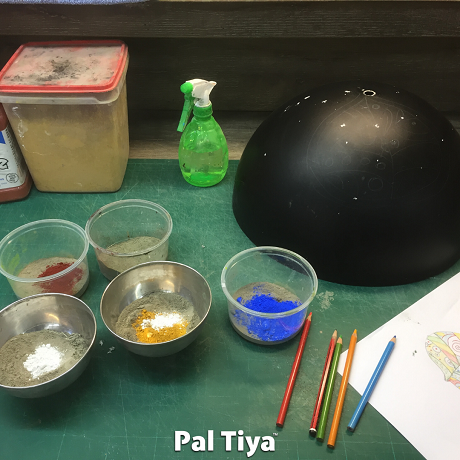
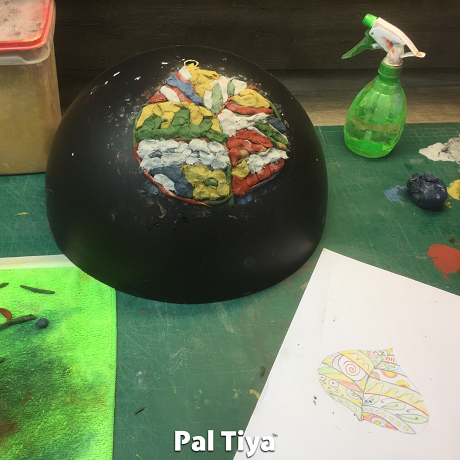
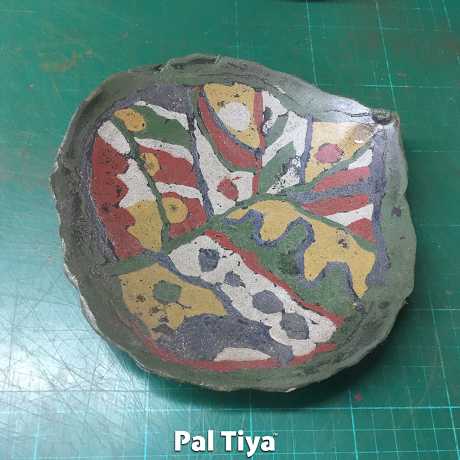
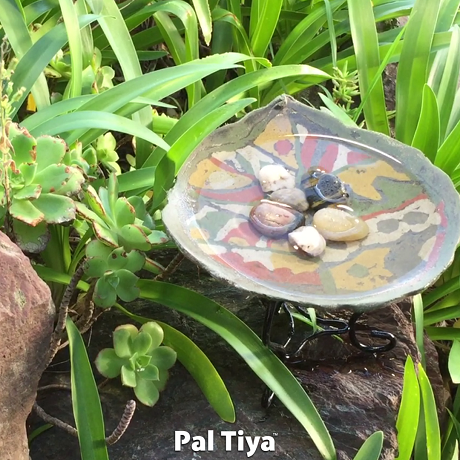

 RSS Feed
RSS Feed